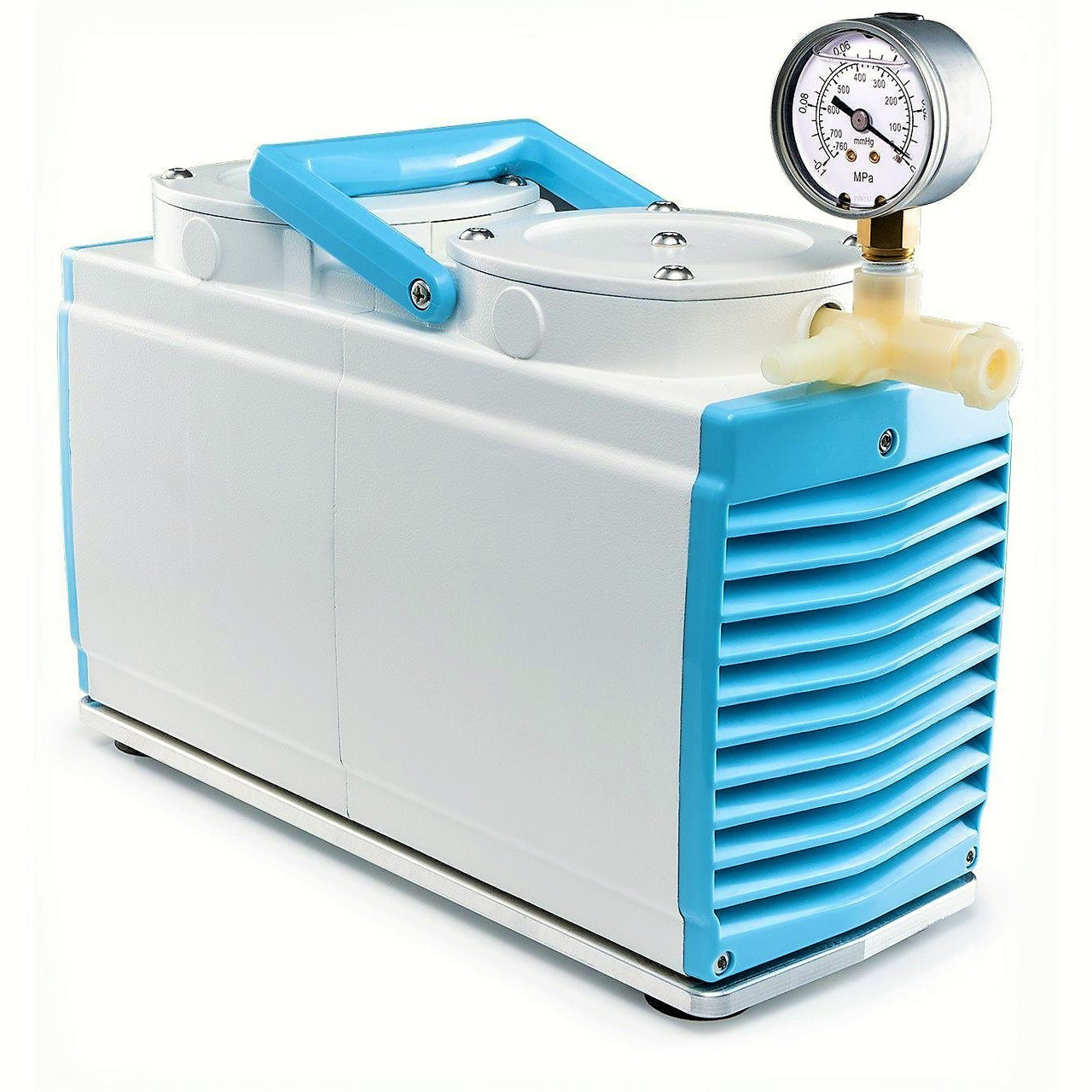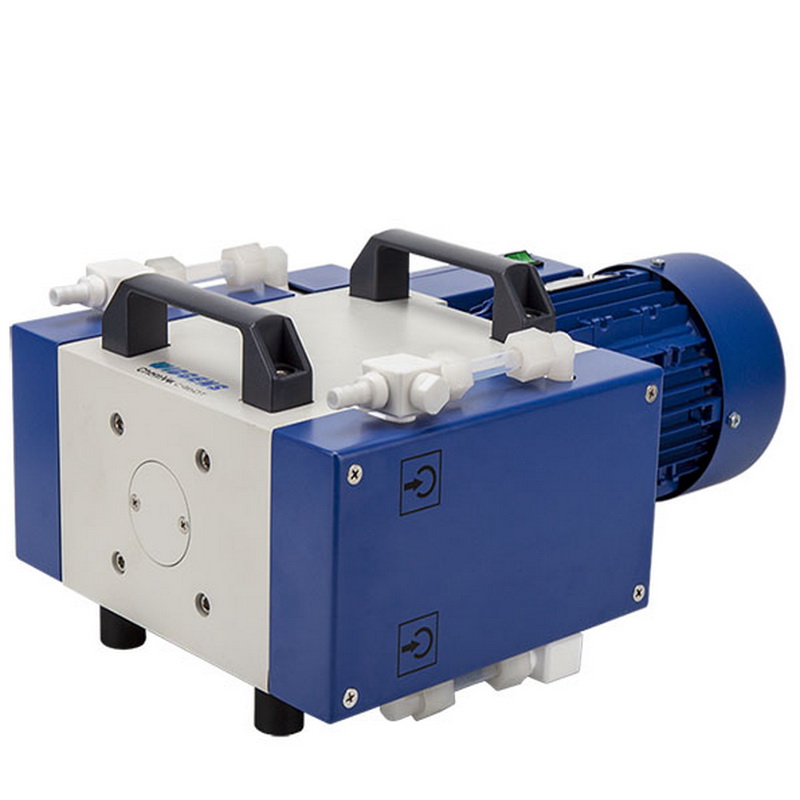Product Description
Single Stage End-Suction Fire Pump End Suction Circulating
Fire Fighting Water Pump
Product Description
Is series CHINAMFG end suction centrifugal pump is an energy-saving pump. The advantage is hydraulic capability is distributed reasonably, wide option for user, conveniently check and repair, the efficiency and throw is up to advanced international level. This pump is suiable for industrial and city water supply, water drainage.
Structural Diagram
| Flow rate | 25m3/h |
| Head | 125m |
| Power | 30kw |
| Discharge | 40mm |
| Speed | 2900rpm |
| Efficiency | 40% |
Pump Application
Company Profile
HangZhou HangZhouSTONE ENGINEERING & MANUAFCTURING CO.,LTD.
HangZhoustone Engineering & Manufacturing is 1 of the leading private indenting firms of China having 10 years of experience in Mining, Fluid Transportation and Fire Emergency Field. It works on design theory of slurry pump and water pump, experimental researches of pump performance wear mechanism and new products developing, and involves in research, design, manufacturing and sales.
Our Exhibition
Packaging & Shipping
FAQ
Q1: What is your product range?
A:Centrifugal pump includes slurry pump, CHINAMFG pump, clean water pump, sewage pump, chemical pump, self-priming pump and diesel engine pump.
Q2: What’s your MOQ , payment term and lead time?
A:MOQ for centrifugal pump is 1 set.
Q3: What payment methods are supported?
A: Payment Term: T/T, L/C, Western Union, Paypal and Trade assurance.
Q4: How long is the lead time?
A:In general 7 working days for slurry pump, 15 working days for water pump.
Q5: What information I need to offer for quotation?
A: Liquid:___ ; Pump Capacity___m3/h ; PH:_____ ; Pump Head: ___m ; Specific of gravity___ ; Voltage ___V ; Frequency ___Hz
Q6: Is OEM parts available ?
A:Yes, please send me the detailed drawing. Different materials is available.
/* January 22, 2571 19:08:37 */!function(){function s(e,r){var a,o={};try{e&&e.split(“,”).forEach(function(e,t){e&&(a=e.match(/(.*?):(.*)$/))&&1
| After-sales Service: | Spare Parts |
|---|---|
| Warranty: | One Year Except for Spare Parts |
| Max.Head: | >150m |
| Max.Capacity: | >400 L/min |
| Driving Type: | Motor |
| Impeller Number: | Single-Stage Pump |
| Samples: |
US$ 702/set
1 set(Min.Order) | |
|---|
| Customization: |
Available
|
|
|---|

What is the energy consumption and efficiency of diaphragm vacuum pumps?
The energy consumption and efficiency of diaphragm vacuum pumps can vary depending on factors such as the pump design, operating conditions, and specific application requirements. Here’s a detailed explanation:
1. Energy Consumption: Diaphragm vacuum pumps generally have lower energy consumption compared to other types of vacuum pumps, such as rotary vane or oil-sealed pumps. This is primarily because diaphragm pumps operate without oil lubrication, which reduces friction and power requirements. The energy consumption of diaphragm pumps is typically measured in terms of electrical power input, expressed in watts (W) or kilowatts (kW).
The energy consumption of a diaphragm vacuum pump can be influenced by several factors, including:
– Pump Size and Capacity: Larger diaphragm pumps designed for higher flow rates or vacuum levels may consume more energy compared to smaller pumps with lower capacities. The power requirements increase as the pump has to move larger volumes of gas or create stronger vacuums.
– Operating Pressure: The energy consumption of a diaphragm pump can vary depending on the required operating pressure. Higher vacuum levels typically require more energy to be maintained due to increased resistance in evacuating the gas or air from the system.
– Process Conditions: The energy consumption of a diaphragm pump may be affected by process-specific factors, such as the presence of particulate matter or the need for continuous operation. These factors can influence the pump’s efficiency and overall power requirements.
2. Efficiency: The efficiency of a diaphragm vacuum pump refers to its ability to convert electrical power input into useful pumping work. It is typically expressed as a percentage and can be calculated by dividing the pump’s useful output power (in the form of vacuum or flow) by the electrical power input.
The efficiency of diaphragm vacuum pumps can be influenced by various factors:
– Pump Design: The design and construction of the diaphragm pump can impact its efficiency. Well-engineered pumps with optimized diaphragm materials and valve systems can achieve higher efficiencies by reducing internal losses and maximizing gas compression and evacuation.
– Motor Efficiency: The efficiency of the electric motor driving the diaphragm pump can affect the overall efficiency of the system. Higher motor efficiencies result in more effective power utilization and improved pump performance.
– System Optimization: Proper system design, including appropriate sizing, correct piping arrangements, and minimizing pressure losses or leaks, can contribute to improved overall efficiency. Optimizing the system configuration ensures that the pump operates under favorable conditions, maximizing its efficiency.
– Operating Conditions: The operating conditions, such as the required vacuum level or flow rate, can impact the efficiency of the diaphragm pump. Operating the pump within its specified range and avoiding excessive demands can help maintain higher efficiency levels.
It’s important to note that specific energy consumption and efficiency values can vary among different diaphragm vacuum pump models and manufacturers. When selecting a diaphragm pump for a particular application, it’s advisable to review the manufacturer’s specifications and performance data, including energy consumption and efficiency information, to make an informed decision.
In summary, diaphragm vacuum pumps generally have lower energy consumption compared to other vacuum pump types. The energy consumption and efficiency of diaphragm pumps can be influenced by factors such as pump size, operating pressure, process conditions, pump design, motor efficiency, system optimization, and operating conditions. Understanding the specific energy consumption and efficiency characteristics of a diaphragm vacuum pump is important for selecting the appropriate pump for a given application and optimizing energy usage.

What is the ultimate vacuum level that diaphragm vacuum pumps can achieve?
Diaphragm vacuum pumps are capable of achieving moderate vacuum levels, but their ultimate vacuum level is limited compared to certain high-performance vacuum pumps. Here’s a detailed explanation:
Typically, diaphragm vacuum pumps can achieve vacuum levels up to about 1 torr or 1 mbar. This level of vacuum is suitable for applications that require low to medium vacuum conditions.
Diaphragm pumps operate based on the reciprocating motion of a flexible diaphragm, which creates the pumping action. However, due to the nature of their design, diaphragm pumps may encounter limitations in achieving extremely high vacuum levels. The diaphragm’s mechanical motion and the presence of clearance gaps in the valves and other internal components can restrict the pump’s ability to reach ultra-high vacuum ranges.
In contrast, other types of vacuum pumps, such as rotary vane pumps or turbo molecular pumps, are specifically designed to achieve much higher vacuum levels. Rotary vane pumps can typically achieve vacuum levels in the range of 10^-3 to 10^-4 torr, while turbo molecular pumps can extend into the ultra-high vacuum range of 10^-9 to 10^-10 torr.
It’s important to consider the specific vacuum level requirements of the application when choosing a vacuum pump. While diaphragm vacuum pumps may have limitations in terms of ultimate vacuum level, they offer other advantages such as oil-free operation, chemical resistance, and cost-effectiveness, making them suitable for a wide range of applications that do not require extreme vacuum levels.

How do diaphragm vacuum pumps compare to other types of vacuum pumps in terms of performance?
When comparing diaphragm vacuum pumps to other types of vacuum pumps, several factors come into play that affect their performance. Here’s a detailed explanation of how diaphragm vacuum pumps compare to other types in terms of performance:
1. Vacuum Level:
Diaphragm vacuum pumps are capable of generating moderate vacuum levels, typically up to about 1 torr or 1 mbar. This makes them suitable for applications that require low to medium vacuum conditions. In comparison, other types of vacuum pumps such as rotary vane pumps or turbo molecular pumps can achieve much higher vacuum levels, extending into the ultra-high vacuum range.
2. Flow Rate:
Diaphragm vacuum pumps offer relatively lower flow rates compared to some other types of pumps. Their flow rates are typically in the range of a few liters per minute. This makes them well-suited for applications that require lower flow rates or when working with small sample sizes. However, if high flow rates are required, other types of pumps like rotary vane pumps or scroll pumps may be more suitable.
3. Contamination and Oil-Free Operation:
One significant advantage of diaphragm vacuum pumps is their oil-free operation. They do not require lubricating oil, which eliminates the risk of oil contamination in the pumped gas or vacuum environment. In comparison, oil-sealed pumps such as rotary vane pumps or oil diffusion pumps use oil as a lubricant and sealing medium, which can introduce oil vapor or particles into the vacuum system. This makes diaphragm pumps preferred in applications that require clean and uncontaminated vacuum conditions.
4. Chemical Resistance:
Diaphragm pumps are often designed with materials that offer excellent chemical resistance. This allows them to handle corrosive or reactive gases without degradation or contamination. In contrast, some other types of pumps may not be compatible with certain aggressive chemicals or may require additional protective measures. Diaphragm pumps are thus advantageous in applications that involve chemical processing or handling of corrosive gases.
5. Noise Level:
Diaphragm vacuum pumps are known for their quiet operation compared to many other types of pumps. The reduced noise level contributes to a more comfortable working environment, making them suitable for applications where noise pollution needs to be minimized, such as laboratories or research facilities.
6. Maintenance and Lifespan:
Diaphragm vacuum pumps generally have relatively simple designs and require minimal maintenance. They do not have wearing parts like vanes or pistons that require regular replacement. This results in lower maintenance costs and longer lifespans compared to some other types of pumps. However, it’s important to note that the diaphragm itself may need periodic replacement due to wear and tear.
7. Cost:
Diaphragm vacuum pumps are typically more cost-effective compared to certain high-performance vacuum pumps such as turbo molecular pumps. They provide a good balance between performance and cost, making them suitable for a wide range of applications that do not require extreme vacuum levels or high flow rates.
It’s important to consider the specific requirements of the application when choosing a vacuum pump. While diaphragm vacuum pumps may have some limitations in terms of vacuum level and flow rate compared to other types, their advantages in areas such as oil-free operation, chemical resistance, low noise, and cost-effectiveness make them a preferred choice in many applications.


editor by Dream 2024-04-29